Premium Only Content
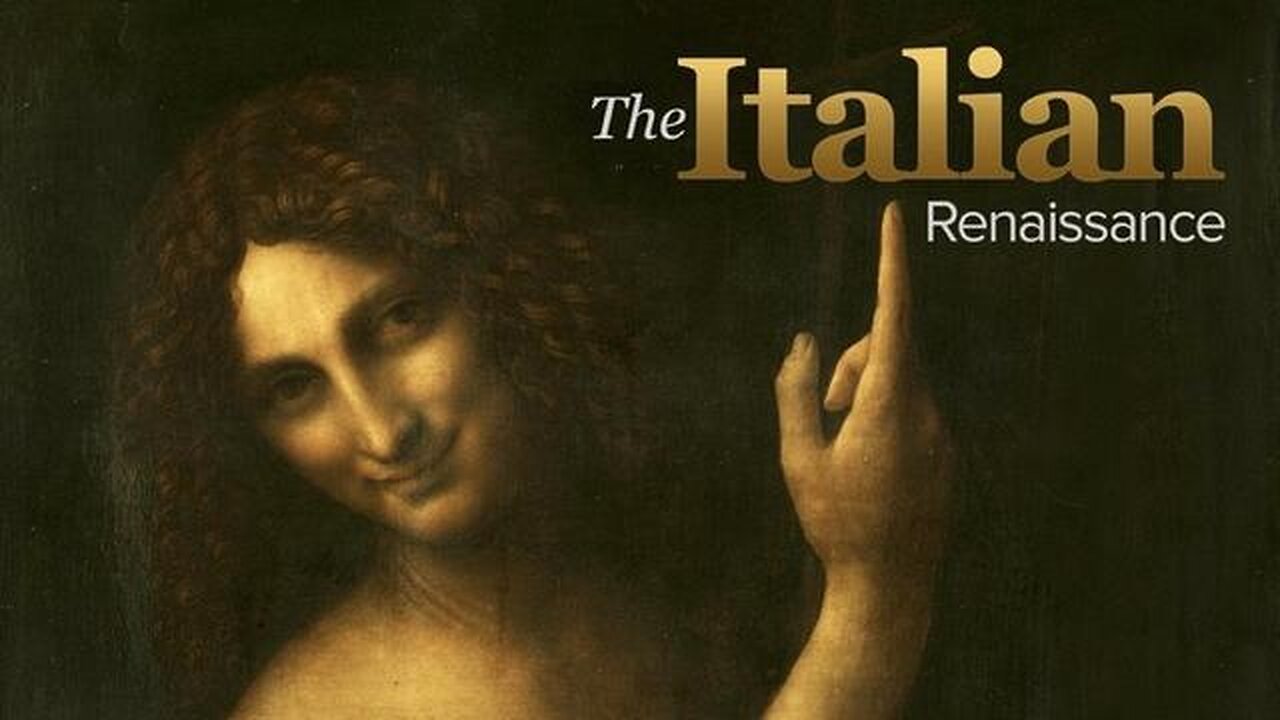
The Italian Renaissance | The Study of the Italian Renaissance (Lecture 1)
36 lectures, 30 minutes/lecture
Taught by Kenneth Bartlett, Ph.D.
Professor of History and Renaissance Studies University of Toronto
Lecture 2: https://rumble.com/v4wj8z0-the-italian-renaissance-the-renaissance-changing-interpretations-lecture-2.html
This course on the Italian Renaissance will attempt to answer the question: Why was there such an explosion of creative culture, human ingenuity, economic development, and social experimentation in Italy beginning in the 14th century? It will also address the question of why the Renaissance ended in the middle years of the 16th century. In order to investigate the phenomenon of the Renaissance in Italy, it is necessary to look at every facet of human endeavor. Thus, this series will not be a discussion of major political, military, or economic events, although these will appear, as appropriate. Rather, the course will follow the model of writing Renaissance history designed by its first great practitioner, Jacob Burckhardt, whose 1860 book-length “essay,” The Civilization of the Renaissance in Italy, initiated the model of cultural history, that is, looking at a period in the past from several perspectives simultaneously to produce a sophisticated, multidimensional image. Just as each tessera in a mosaic contributes to the whole, so each element in social, political, economic, cultural, intellectual, and religious history contributes to the composite picture of life in Italy in the years between the birth of Petrarch in 1304 and the terrible events of the 1520s–1540s that extinguished the flame that the poet first lit.
Lecture 1: There are many ways of approaching the study of the Italian Renaissance. My method in this course is to provide a wide perspective based on a fusion of many disciplines. This form of interdisciplinary analysis is generally described as cultural history, following the method employed by Jacob Burckhardt in his pioneering The Civilization of the Renaissance in Italy (1860). This approach is similar to the creation of a mosaic, in which each separate tessera contributes to the wider image, providing for a complex and subtle understanding of a historical epoch. I have also imposed a rough chronological structure to ensure that the information progresses logically. However, given that the engagement with Renaissance values took place at different times in different places in Italy, each major center requires its own context. You will find, then, that lectures on specific city-states are interspersed with those on general currents in philosophy, education, and other cultural elements that can be seen to apply broadly to the peninsula as a whole. The aim of this series is to provide you with a multifaceted and complex image of Renaissance Italy that explains why that period remains fundamental to modern Western culture.
We begin our study of the Renaissance with Petrarch, although it is important to put his career and work into context. Consequently, we will review the general condition of Italy during the late Middle Ages and discuss why Dante (who died when Petrarch was 17) can be seen as essentially a medieval thinker. It is more difficult to identify a clear moment at which the Renaissance ends, even in Italy. I will argue that the Renaissance was, in essence, a set of attitudes and beliefs, founded on the application of ancient literature to the needs of Italians from the late 14th to the 16th centuries. For this reason, I suggest that it was the loss of confidence in those beliefs that eroded the Italians’ dedication to such principles as the dignity of man and the ability of the individual and community to determine their own history. After the French invasions and the peninsular wars, after the sack of Rome and the collapse of the Florentine Republic, and especially after the suppression of freedom of ideas occasioned by the Roman Inquisition and the Index of Prohibited Boo
Primary Source Texts:
Kenneth R. Bartlett, “Introduction,” pp. 1–7, in The Civilization of the Italian Renaissance.
Secondary Sources:
Jacob Burckhardt, The Civilization of the Renaissance in Italy, Vol. I: The State as a Work of Art, The Development of the Individual, The Revival of Antiquity.
———, The Civilization of the Renaissance in Italy, Vol. II: The Discovery of the World and of Man, Society and Festivals, Morality and Religion.
Supplementary Reading:
Margaret Aston, ed., The Panorama of the Renaissance: The Renaissance in the Perspective of History.
C. F. Black, et al., Cultural Atlas of the Renaissance.
-
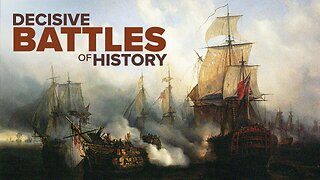 30:04
30:04
The Great Courses
1 month agoDecisive Battles of World History | 1866 Königgrätz - Bismarck Molds Germany (Lecture 30)
125 -
 LIVE
LIVE
The Mike Schwartz Show
1 hour agoTHE MIKE SCHWARTZ SHOW with DR. MICHAEL J SCHWARTZ 07-17-2025
3,234 watching -
 4:03
4:03
Blackstone Griddles
15 hours agoBlackstone Smokeless Fire Pit Overview | Blackstone Griddles
366 -
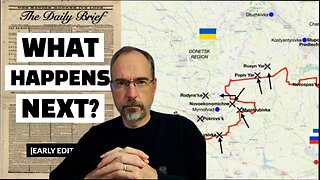 15:48
15:48
Professor Gerdes Explains 🇺🇦
21 hours agoDecoding the Battlefield: What Actual Combat Says About Russia and Ukraine
39 -
 1:30:59
1:30:59
Chicks On The Right
4 hours agoTrump's latest wins, Trump triples down on insulting his base, and Obamas talk divorce
5.45K4 -
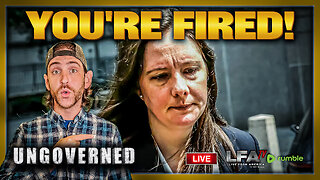 LIVE
LIVE
LFA TV
13 hours agoLFA TV ALL DAY STREAM - THURSDAY 7/17/25
4,286 watching -
 25:44
25:44
Producer Michael
21 hours agoTHE TOP-SECRET DIAMOND TRADE WORTH $38 BILLION YOU'VE NEVER HEARD OF!
14K2 -
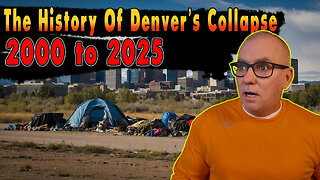 24:55
24:55
World2Briggs
18 hours ago $5.69 earnedDenver's 25-Year Collapse: The Timeline Nobody Wanted to Believe
24.1K29 -
 10:39
10:39
ARFCOM News
18 hours ago $2.04 earnedFeds Cave on 18yr Olds | Gun-Free Zones = Loot Drops | Cops Drop Sig 320
16.3K6 -
 8:08
8:08
The Car Guy Online
17 hours ago $2.17 earnedFord’s SHOCKING 'Solution' for 694,000+ Fire-Prone SUVs! Bronco Sport and Escapes.
24K13